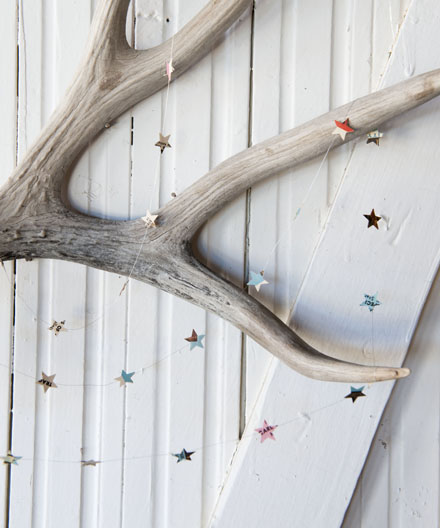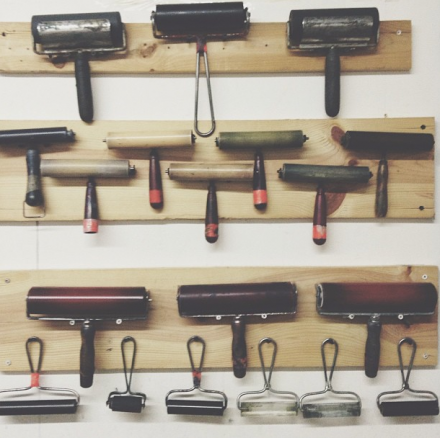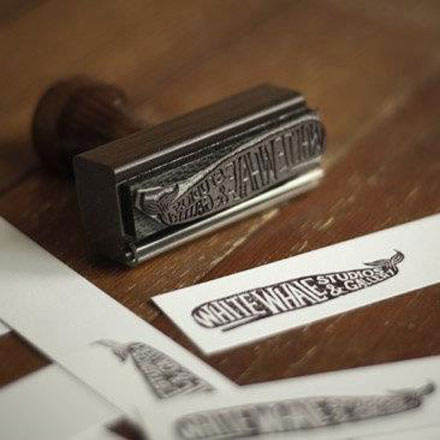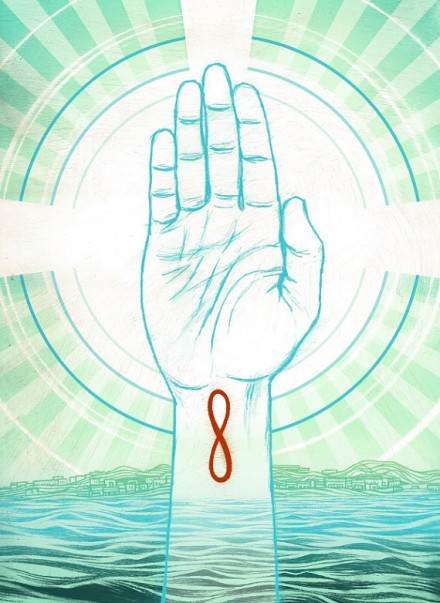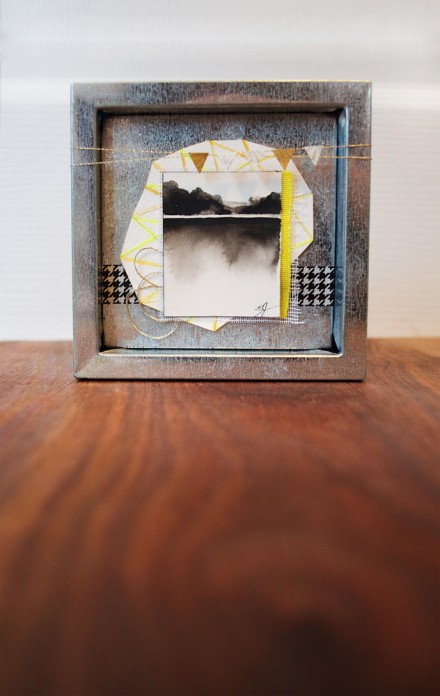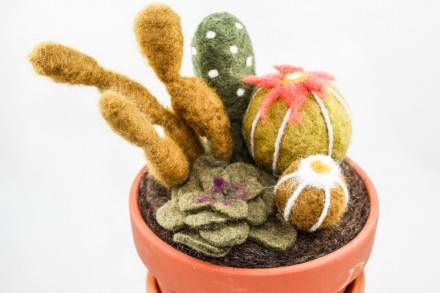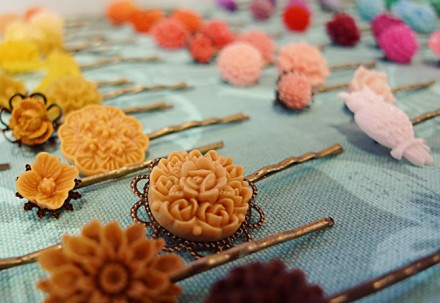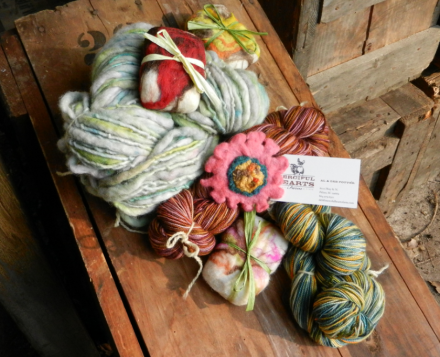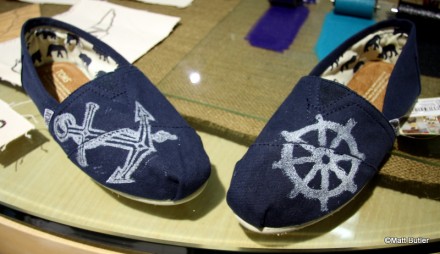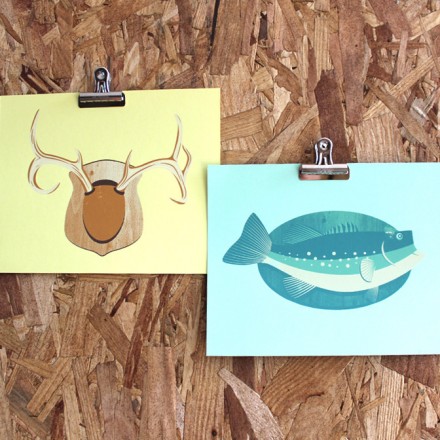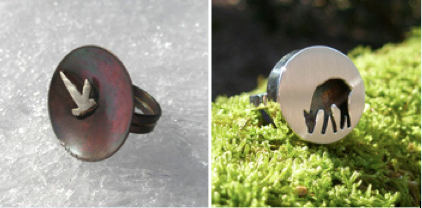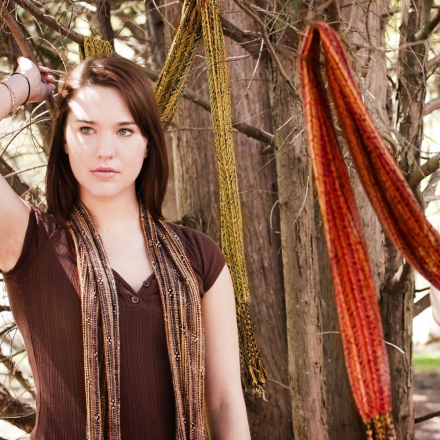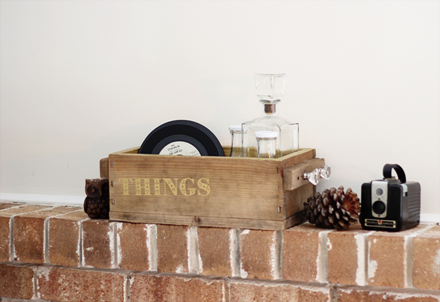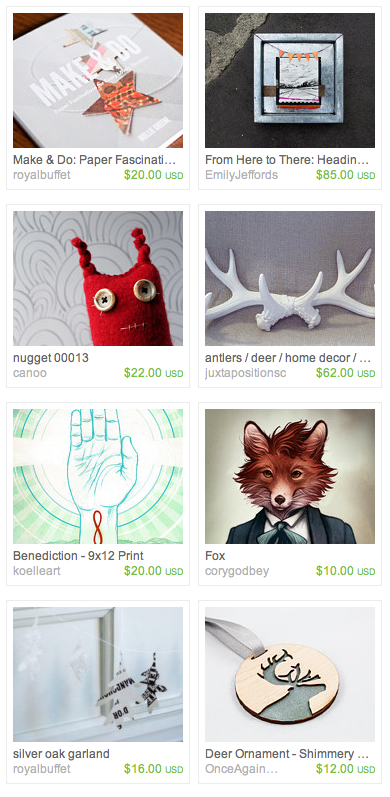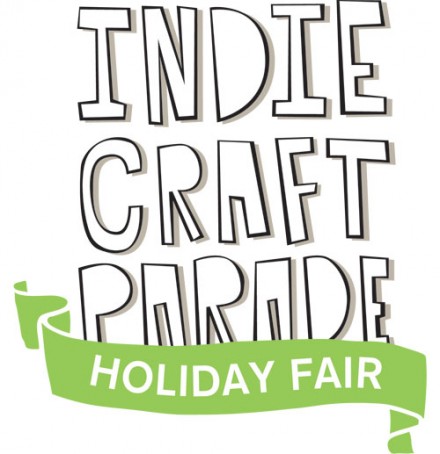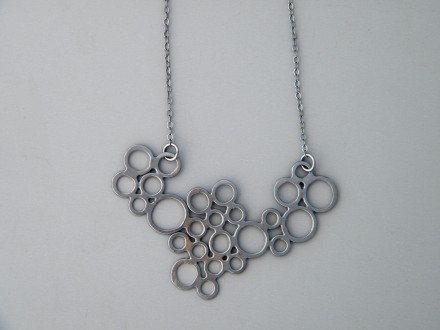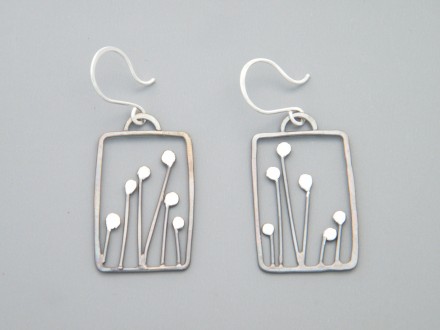Huge thanks to Chronicle Books and Mollie Greene for allowing us to share a project from Sweet Paper Crafts! This delightful garland is a quick and simple craft, perfect for a multitude of occasions. We love the whimsical look of stars punched from vintage magazines, but feel free to make it your own! Try parchment paper for a minimal, ethereal look, or swap out the star punch for a mini heart and craft a garland fit to make your lover swoon.
TINY STAR GARLANDfrom Sweet Paper Crafts by Mollie Greene
If you have small scraps of paper just large enough to punch with tiny shapes, save them in a box for projects such as this garland. A star is just one of the cutouts you can use to make garlands to string from room to room and beyond. The sky is the limit when you consider all the punches available.
Supplies: Scissors Ruler Thread Small star-shaped punch Papers Bowl or cup Liquid glue Glue stick (optional)
Instructions:
1. With the scissors, cut thread to the length of the garland you want to make. If you are using fine thread, the garland should be no longer than 6 to 10 ft/5.5 to 9 m to prevent knots and tangles. You can make additional garlands, if needed, and hang them end to end. Tie a loop in one end of your thread.
2. Using the star-shaped punch, punch out a number of stars from your chosen papers, letting them fall into the bowl.
3. Lay out about ten stars in a row away from you, placing them right-side down. Apply a small dot of liquid glue to the center of each star. (If using a star punch 1 in/2.5 cm or larger, you may want to cover the stars with glue stick and then with dots of liquid glue. This will keep the edges together when you apply another layer of stars in the next step.)
4. Beginning at the end of the thread with the loop, place the thread on the dot of glue on the star closest to you. Choose a star from the bowl and set it right-side up on the thread, aligning the points of the two stars. Repeat with the remaining stars in the row, spacing them as far apart or as close together as you’d like. Continue making rows of stars, dotting them with glue, and attaching the thread and the stars from the bowl until you reach the end of your garland.
5. Tie a loop at the other end of the thread and string your garland wherever you want to add a bit of whimsy.
YOU'RE INVITED!





